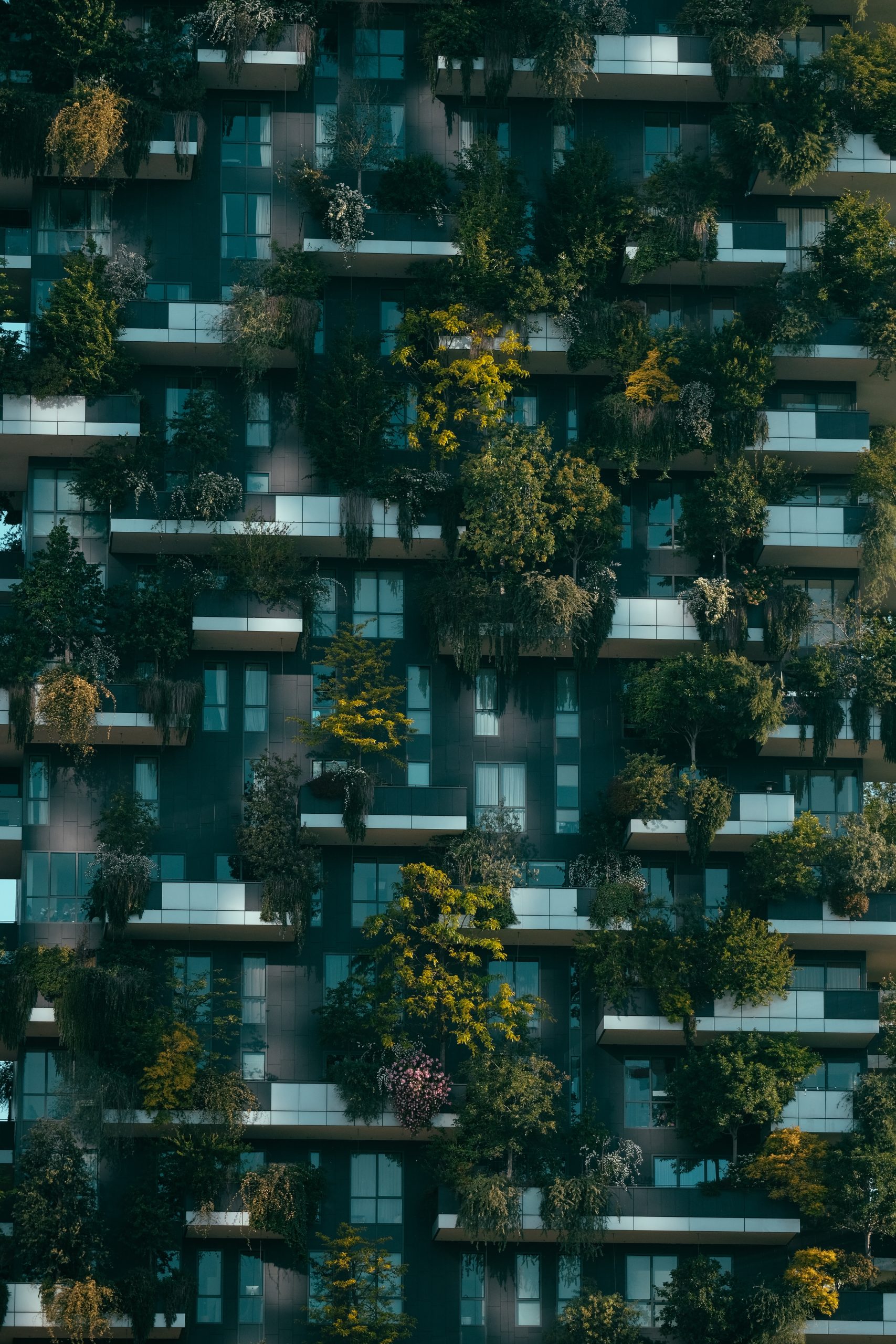In our world today, several buildings exist that defy the odds of traditional architecture. These buildings are different from regular brick-and-mortar buildings not only because of their ingenious designs but also because they embody elements of sustainability and energy efficiency.
Moreover, because of their innovative designs, these magnificent structures have become a vital part of tackling climate change and reducing our environmental footprint.
With that said, here’s a look at 7 of the most sustainable buildings in the world and why they are considered such.
1. Shanghai Tower:
The Shanghai Tower is not only the second-tallest building in the world, but it is also one of the most sustainable skyscrapers. Constructed in 2008, the structure is located in the financial district of Shanghai, China. The tower features a unique twisted design, which allows it to reduce wind loads and makes it more resistant to earthquakes. Additionally, its double-skin façade provides excellent insulation, reducing the need for heating and cooling. The tower also incorporates wind turbines to generate energy, a rainwater collection system, and a geothermal energy source, allowing it to save energy costs and reduce its carbon footprint by 34,000 metric tons a year. This is why it is Platinum certified by LEED, underscoring its commitment to sustainability.
2. The Edge:
Built in 2014, the Edge is often hailed as the world’s most sustainable office building. This high-tech masterpiece, situated in Amsterdam, is not only smart, but it also consumes 70% less energy than a traditional office building. It is recognised as a net-positive energy building because it generates more energy than it consumes, thanks to its 65,000 sq ft of solar panels and its energy-efficient design. The Edge features an intelligent system that not only stores thermal energy but also optimizes natural lighting and reuses energy, reducing the need for artificial lighting and heating. This earns it a 98.4% sustainability score on BREEAM's rating system, primarily because of its use of sustainable materials like glass.
3. One Central Park:
One Central Park in Sydney, Australia, is an innovative multi-residential complex known for its vertical gardens. Plants cover the building’s façade to not only enhance its aesthetic appeal but to also improve air quality. To add to this, the complex has a central thermal plant that provides renewable energy, heating, and cooling. Additionally, it features a rainwater harvesting system and uses low-energy lighting. Thus creating a building that harmonizes with nature while also reducing environmental impact.
4. The Crystal:
The Crystal, located in London, is one of the world’s most sustainable buildings and a symbol of sustainable urban development. It is an events venue that was a sustainable cities initiative by Siemens. The building is fully electric, powered by solar energy, and heated through a ground-source heat pump. This allows it to save on energy costs. It also incorporates a water harvesting and recycling system as well as an ingenious management system that regulates the building’s energy. In essence, the Crystal showcases innovative environmental technology, and operates with zero carbon emissions, making it a notable net-zero building.
5. Bullitt Center:
Considered the most sustainable commercial building in the world, the Bullitt Center in Seattle, USA, is a model of sustainability. It is another net-positive energy building and relies entirely on renewable energy, with a large solar array on its roof. It also utilizes a rainwater filtration system for converting rainwater to potable water. Additionally, it uses geothermal wells for heating and cooling the building and has composting toilets. To add to this, the center can last 250 years, promoting a long-term sustainability approach and therefore making it a trailblazer in sustainable architecture.
6. One Angel Square:
One Angel Square in Manchester is another sustainable office building in Europe that has a BREEAM rating of "Outstanding." The building is powered by a CHP (Combined Heat and Power) system run using rapeseed oil. It also uses geothermal earth tubes for natural ventilation and has a rainwater harvesting system to reduce water consumption, making it highly sustainable.
7. Bosco Verticale:
Bosco Verticale, or "Vertical Forest," are two residential towers in Milan, Italy, that integrate dense tree coverage on their balconies. These towers host over 20,000 trees and plants, which help absorb CO2, reduce pollution, and enhance biodiversity in the city. The building also promotes energy efficiency by providing natural insulation and minimizing the need for artificial cooling and heating.
https://youtu.be/lqvmjAJWS7A?si=m12pkEY6Fj4DNszJIn essence, these seven buildings exemplify the future of sustainable architecture and sustainable engineering. By integrating renewable energy, resource efficiency, and innovative designs, they set new standards for future construction. Thus, as the world continues to focus on reducing carbon footprints and building smarter cities, these structures serve as inspiring models for architects and developers globally.
Redcity recognizes the value of these exceptional buildings and more, which is why we prepared this enlightening list.
To check out more exciting news and updates, visit our blog here. Discover all of our products and services here and request a quote here to get started. Also, check out our newly launched YouTube channel here and follow us on Instagram so you don't miss out on any important announcements.What are your thoughts about these 7 most sustainable buildings in the world? Comment below.

